ROY G BIV Is A Lie, And 21 Other Fake "Facts" Our Teachers Taught Us As Kids
BuzzFeed
7 min read
We tend to trust the things we learn in school as fact.
Nickelodeon
But as it turns out, sometimes info we learned (or our parents learned) in school is straight up wrong!
New Line Cinema
Here are 22 common misconceptions a lot of people learned in school that are straight-up false!
1.You were probably taught about gravity through a story about Isaac Newton being hit in the head by an apple.

Pict Rider / Getty Images/iStockphoto
Except that didn't happen! He did say the idea came to him after observing apples falling from a tree, but there is nothing to suggest he was hit in the head.

Stock Montage / Getty Images
2.We can also credit Newton with coming up with the color spectrum/the seven colors of the rainbow, which you probably learned about as ROY G BIV: red, orange, yellow, green, blue, indigo, and purple.

Apic / Getty Images
However, many modern rainbow drawings and flags only depict six colors. Many have argued that the only reason Newton included seven colors was because of a superstition or occult belief around the number seven. Modern physics generally uses a six-color spectrum/rainbow, since it is difficult to differentiate the wavelengths enough between indigo and blue/purple.

This all works better with color theory, as the other colors in the rainbow (besides indigo) are primary and secondary, while indigo is a tertiary color.
3.Many people learned about Christopher Columbus as the person to "discover" the Americas.

Heritage Images via Getty Images
Except Columbus was not the first European to reach the Americas. Leif Erikson had been to Canada hundreds of years prior. Columbus also never even set foot on North America.
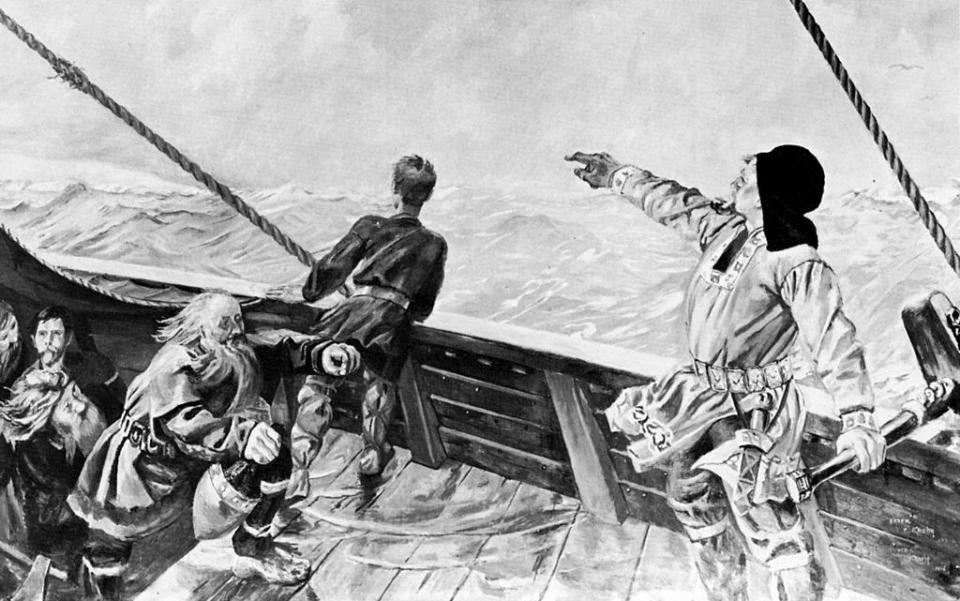
Print Collector / Getty Images
4.Also, his ships the Ni?a, Pinta and Santa Maria, were probably not named that at all.

These all seem to be nicknames.
5.It's also worth mentioning that he was an absolutely abhorrent person who committed atrocities.

Hulton Archive / Getty Images
6.Whether or not you went to a religious school, you probably learned about Christianity and the story of Adam and Eve, and how they were expelled from paradise after eating an apple.
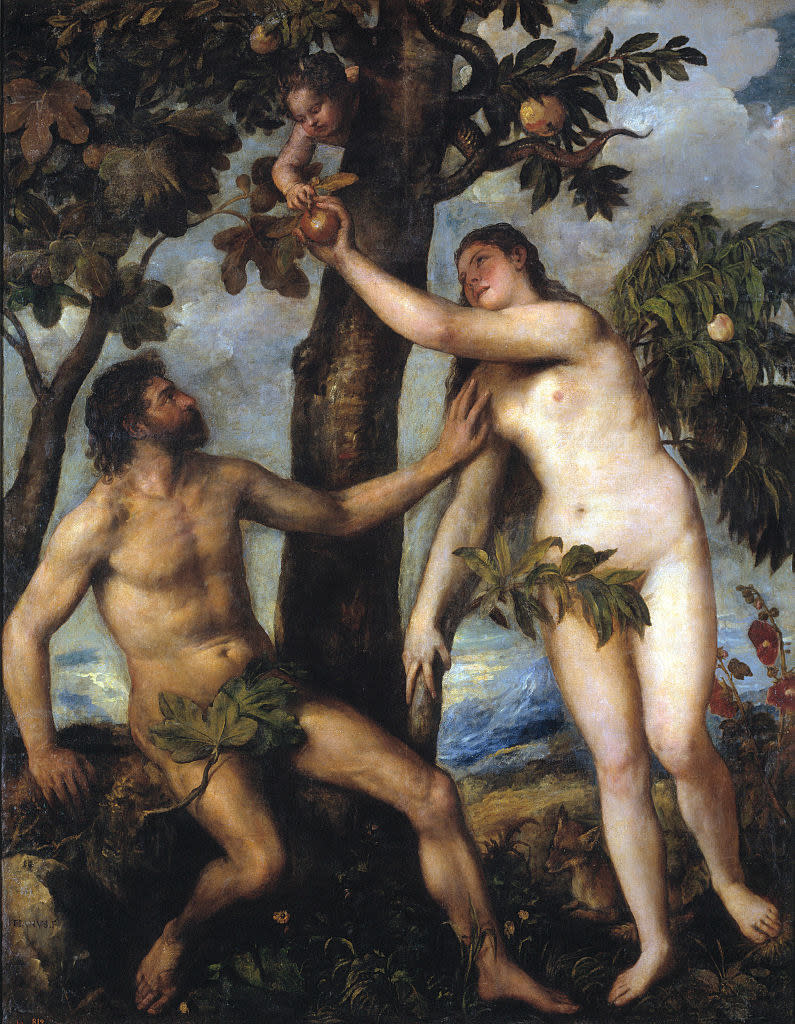
VCG Wilson/Corbis via Getty Images
But in the story, it's not an apple. It's just an unspecified fruit.

Rob Melnychuk / Getty Images
7.I definitely remember reading a book in school — probably a picture book — where George Washington had wooden teeth.
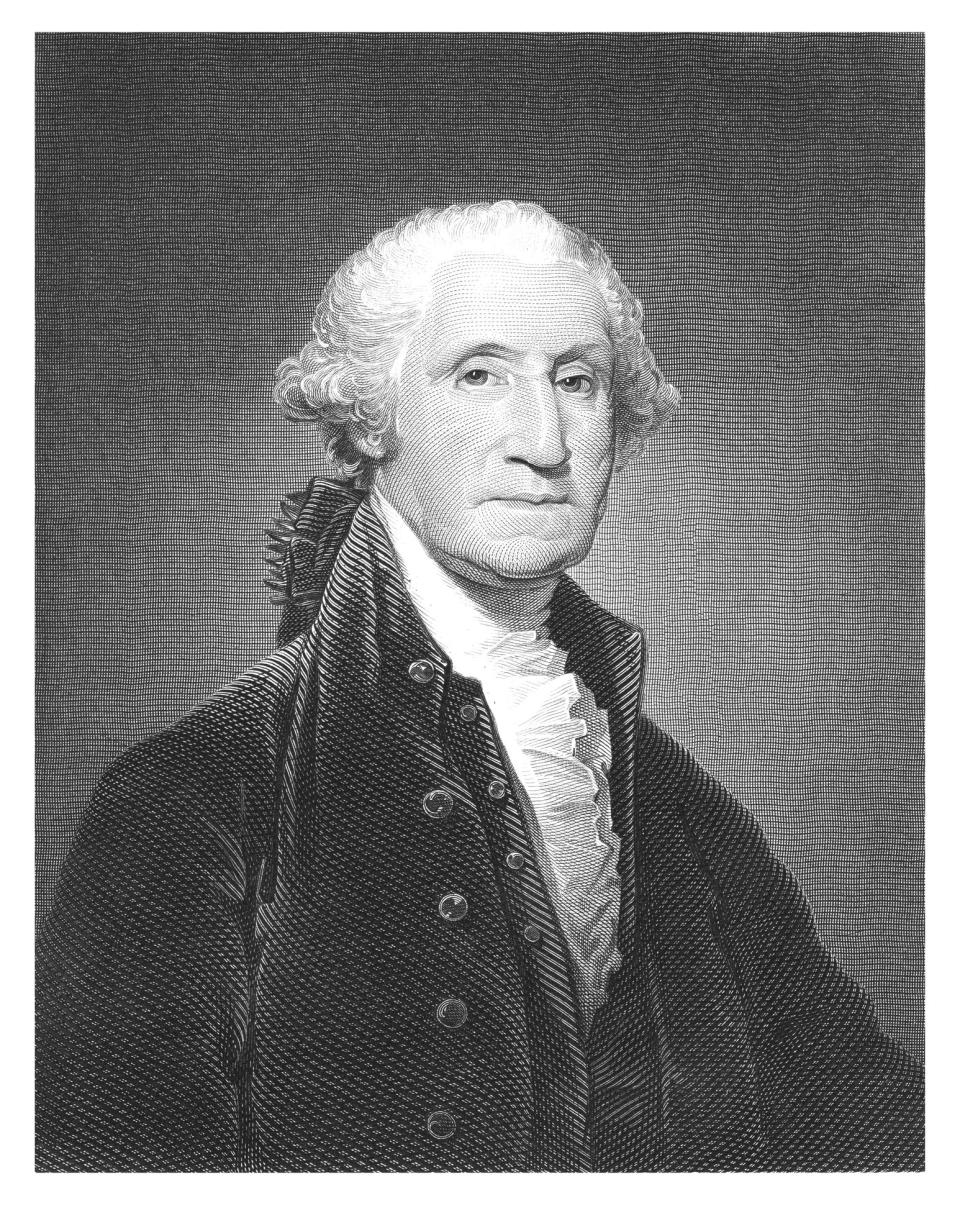
Mikroman6 / Getty Images
While Washington did wear dentures, none of his fake teeth were wooden, and in fact wooden teeth were not used during that time.
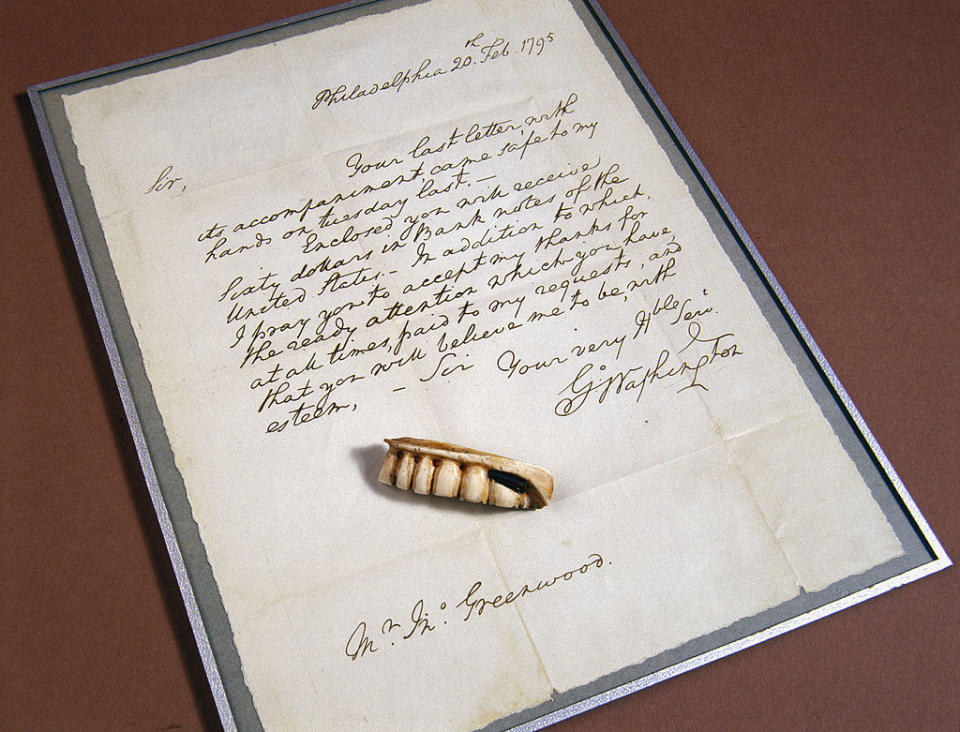
Science & Society Picture Librar / SSPL via Getty Images
8.The cherry tree story — in which Washington admits to his father he cut down a cherry tree and his father lauds him for his honesty — is also a myth. It was invented by Mason Locke Weems for his biography of Washington.
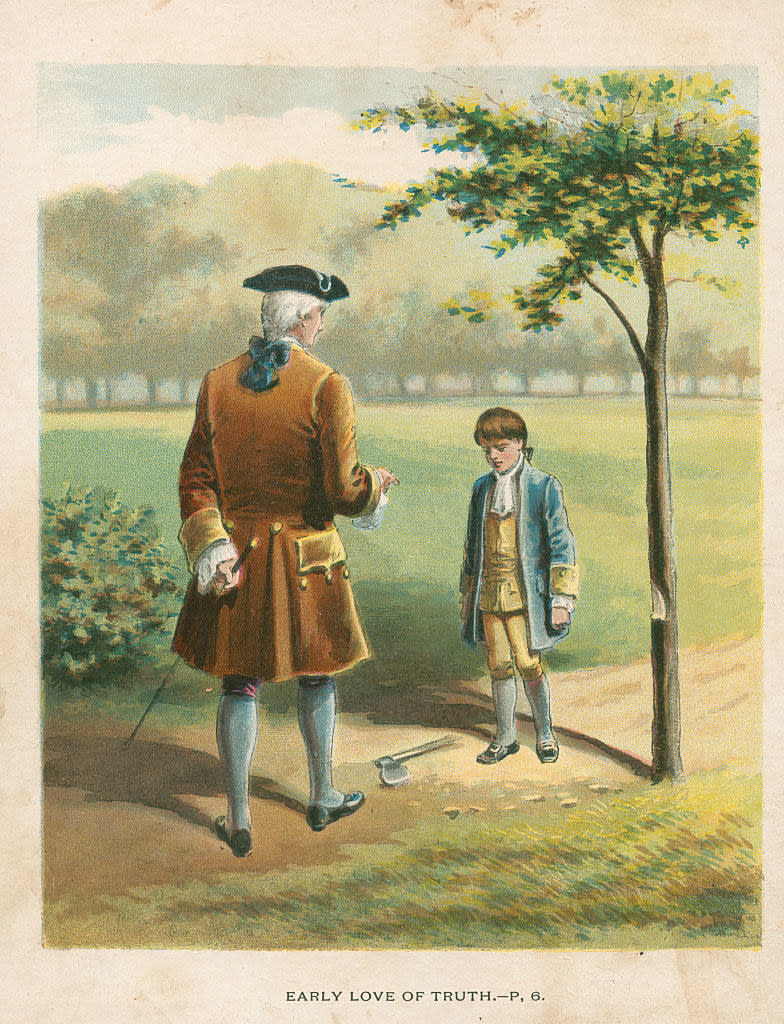
Archive Photos / Getty Images
9.You also likely learned that FDR had polio.
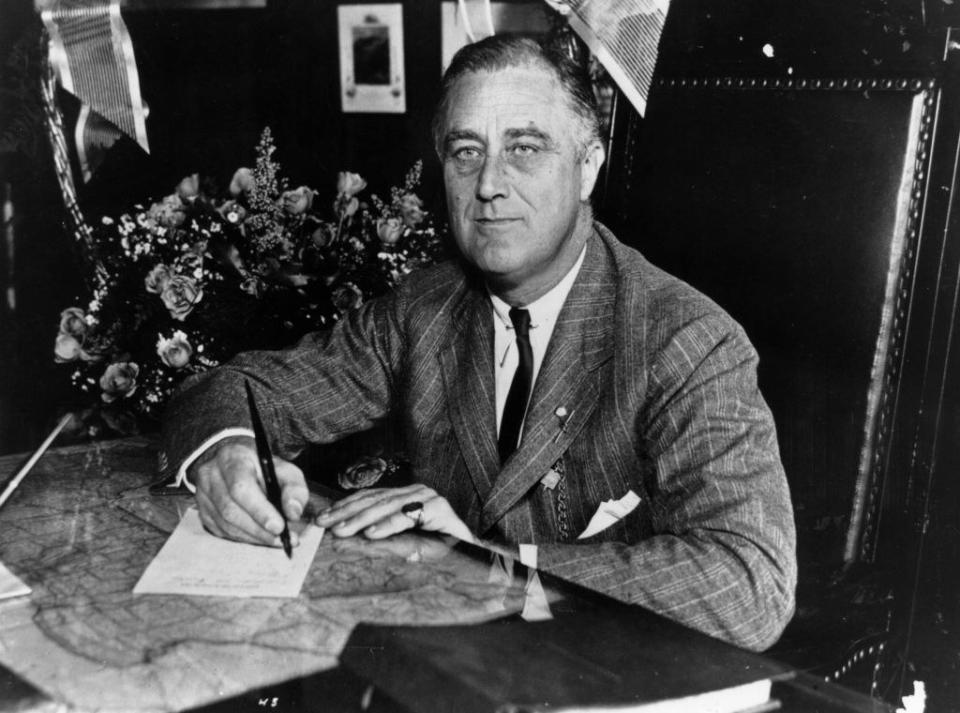
Keystone Features / Getty Images
While he was diagnosed with polio at the time, it's more likely that he had Guillain-Barré syndrome.

Historical / Corbis via Getty Images
10.If you're American, you probably celebrate Independence Day — the day Congress signed the Declaration of Independence — on July 4.
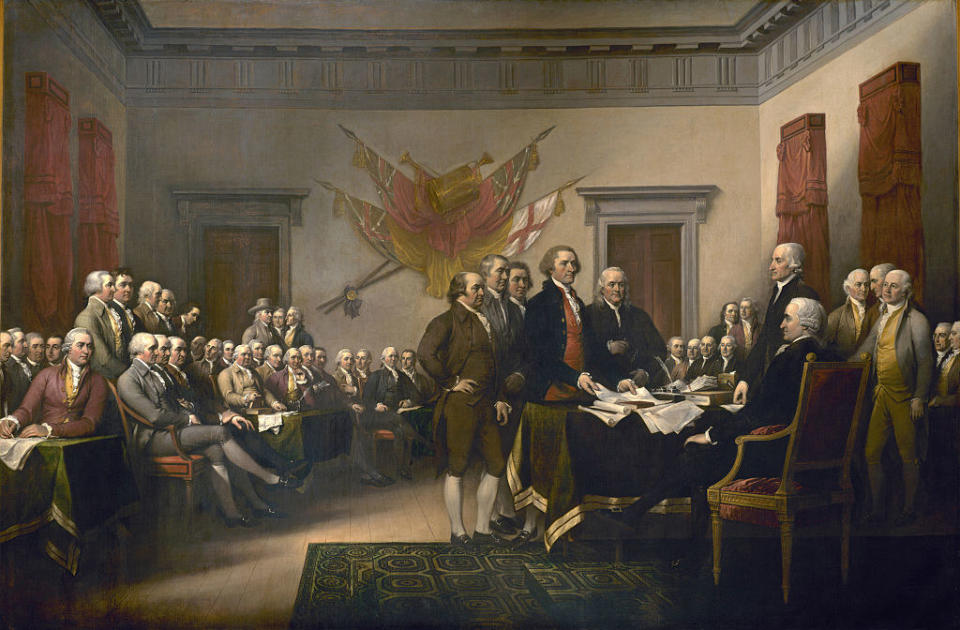
Art Images via Getty Images
But the document wasn't signed on the 4th. The vote for independence occurred on July 2, and the document's final language was approved on July 4, but the signing occurred on Aug. 2.

Culture Club / Getty Images
11.Maybe this is just because I'm from Massachusetts, but I remember learning a ton about the Salem witch trials and how accused witches were burned at the stake.
Fox
Except this didn't happen. Many died in prison and the rest were killed by other means, such as hanging. Nobody was burned at the stake.
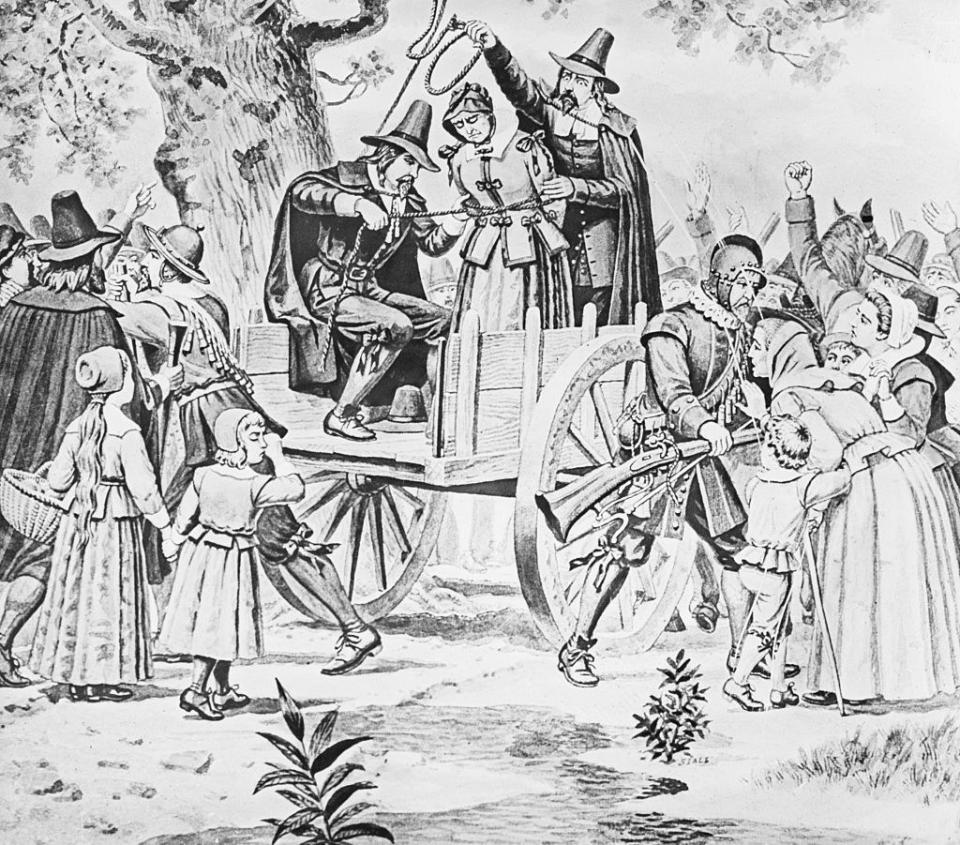
People were burned to death in European witch trials, but not in Salem.
12.You may have learned that protestors spat on Vietnam veterans when they returned from war.
FX
Except there's no real evidence that this ever happened!

This myth was popularized in part by the Rambo films, and in fact it seems more probable that anti-war protestors were spit on.
13.A lot of the imagery around the Middle Ages deals with weapons and torture devices such as the Iron Maiden.
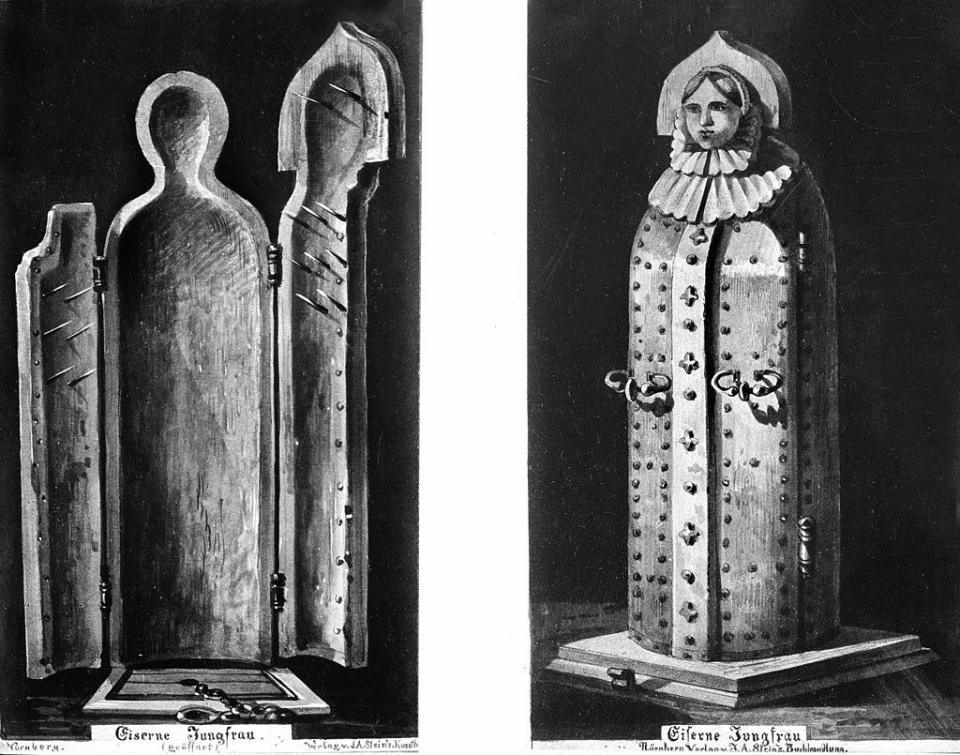
Roger Viollet / Roger Viollet via Getty Images
But the Iron Maiden didn't exist — at least, not in the Middle Ages. Art collector Matthew Peacock created the first Iron Maiden in the 1800s using artifacts from the Middle Ages.

Andrea Costa Photography / Getty Images
14.Another fake invention that was not actually used in the Middle Ages? Chastity belts.

Francois Guillot / AFP via Getty Images
15.You likely have also heard the Middle Ages referred to as the Dark Ages in school.

Dinko Cepak / Getty Images/EyeEm
But there were plenty of advancements, trade, travel, and spread of ideas during this time. In fact, modern historians reject the term "Dark Ages."

Buena Vista Images / Getty Images
16.In psychology, I remember learning about bystander syndrome/the Genovese effect in regard to Kitty Genovese, who was murdered outside her New York apartment in 1964. The New York Times reported that 38 neighbors/bystanders heard and did nothing.

New York Daily News Archive / NY Daily News via Getty Images
While still a good example of bystanders doing nothing, it's not fair to say that 38 people did nothing. Most witnesses just heard random screams and didn't know what was happening or how serious it was. The attack happened in two different locations. And some bystanders actually did call the police.

NY Daily News via Getty Images
17.If you're an American, it's possible your ancestors came to America through Ellis Island. Your last name may have changed around that time, and many schools have taught that this was done by officials on Ellis Island.

Dea Picture Library / De Agostini via Getty Images
However, this did not happen. The only thing officials did with names was check people's names against the ship's passenger list — if a name was wrong or changed, that meant it was changed prior to arrival in America. Some immigrants changed their names after arriving in America, as it was pretty easy to do so.
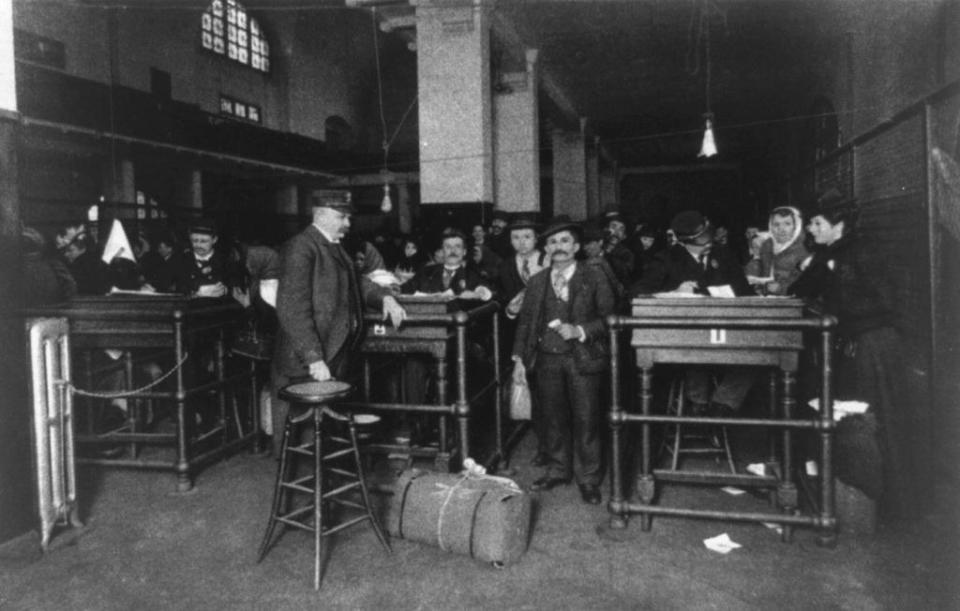
Photo 12 / Universal Images Group via Getty Images
18.When I was a film minor, I learned that Orson Welles' radio program War of the Worlds caused tons of people to genuinely think there was an alien invasion happening.

New York Daily News Archive / Getty Images
In reality, not that many people actually listened to it, and rumors of mass evacuations and emergency calls were played up by newspapers, who wanted to suggest to advertisers and regulators that radio was an untrustworthy news source.

Harry Warnecke/NY Daily News via Getty Images
19.You probably learned about Buddha as a happy, chubby figure.

Elizabeth Beard / Getty Images
That was actually 10th-century Chinese monk Budai, who was thought to be an incarnation of a deity. He often gets mistaken for Buddha — Siddhartha Gautama — in the West.

Osakawayne Studios / Getty Images
20.We all learned about Pythagorean's theorem in math.

Benjaminec / iStockphoto via Getty Images/
But Pythagoras did not discover the theorem — it had been discovered centuries prior. In addition, many of Pythagoras's "discoveries" may have come from his students.

Getty Images
21.Thomas Edison is likely best known for inventing the lightbulb.
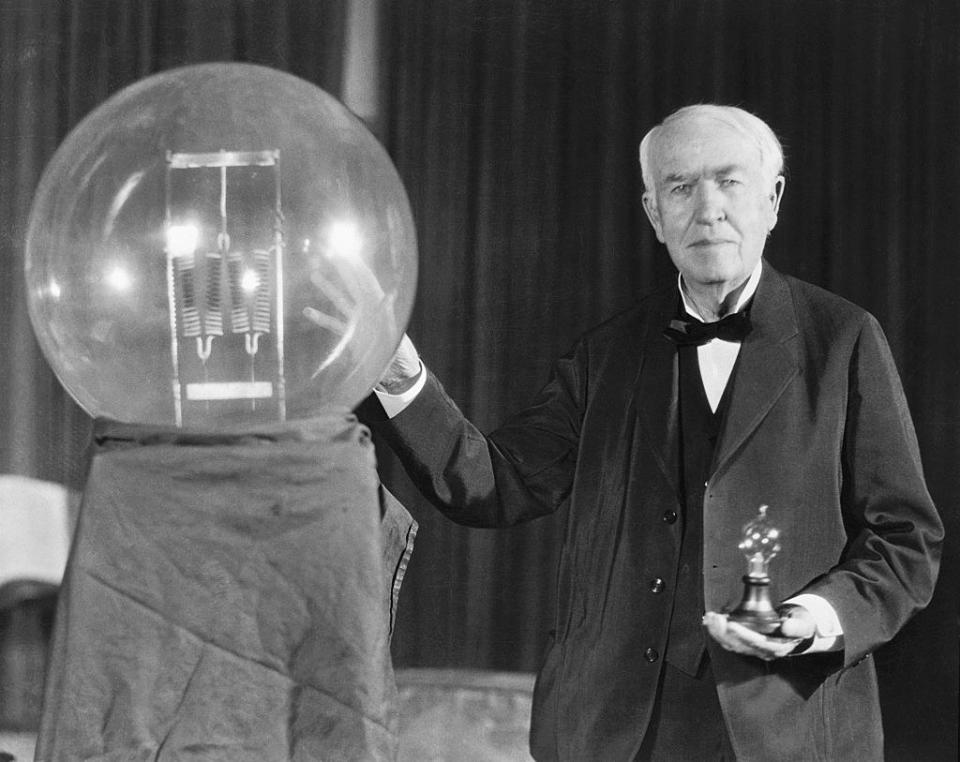
Bettmann Archive via Getty Images
Except versions of lightbulbs had actually already been invented. Edison was just the first to create a cheap and effective light bulb that could be used by the average family in their home.

Electric street lights already existed.
22.And finally...humans have way more than five senses.
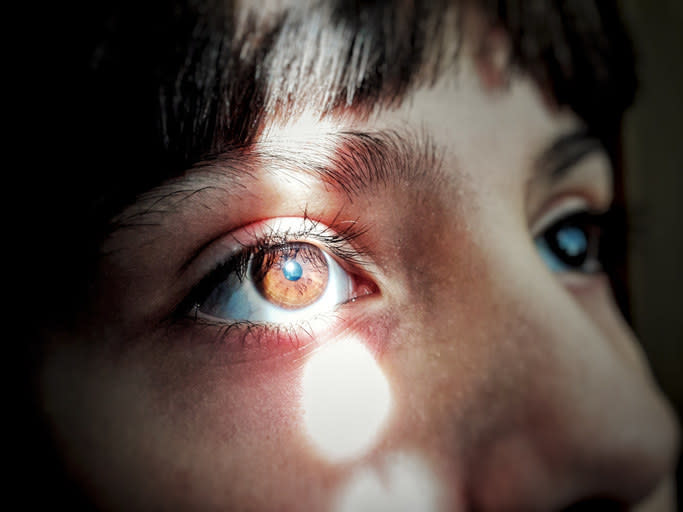
Other senses include kinesthesia (sense of movement) and nociception (the ability to feel pain).
Did you learn anything new? Any "facts" you were taught in school that we missed? Let us know in the comments below!
NBC